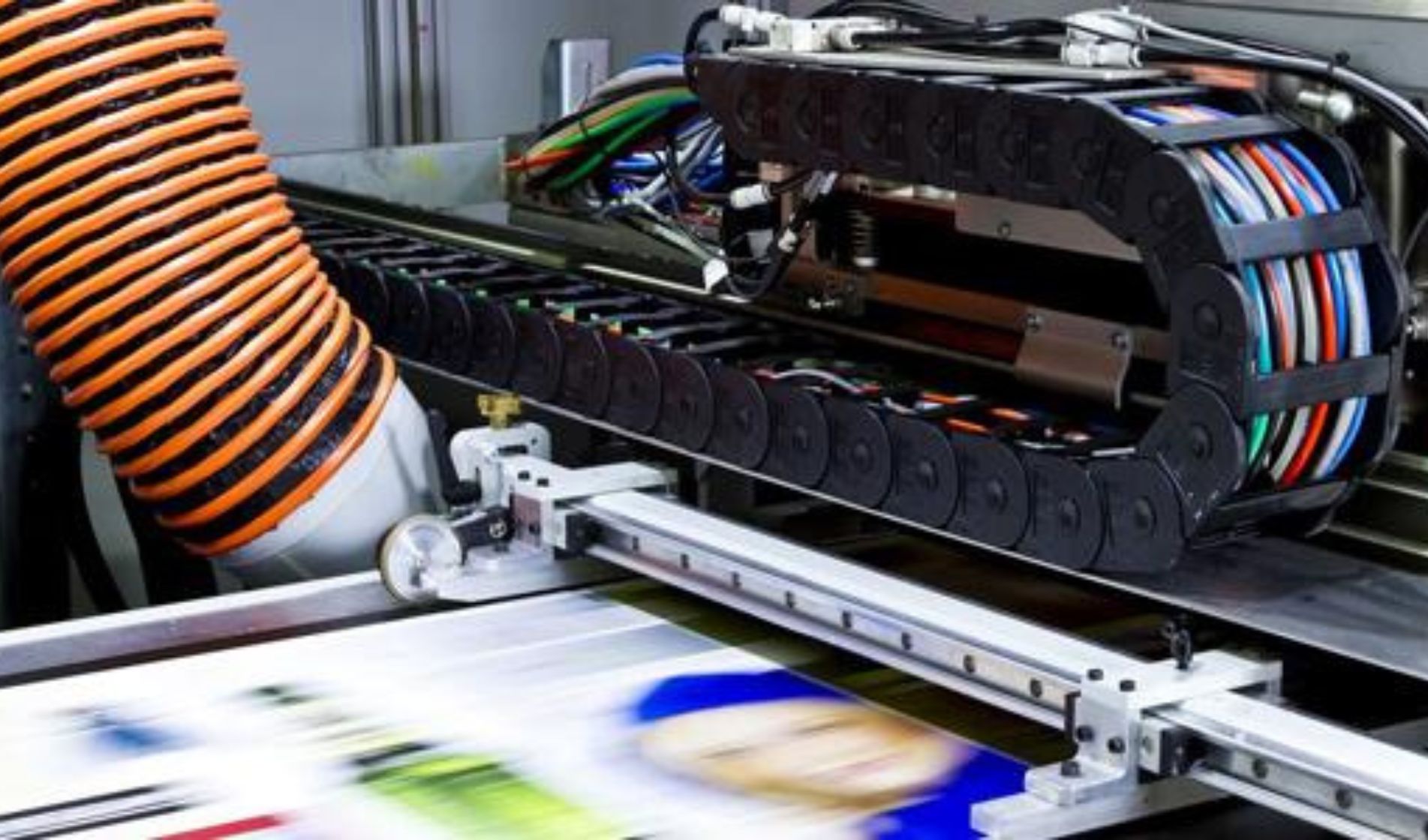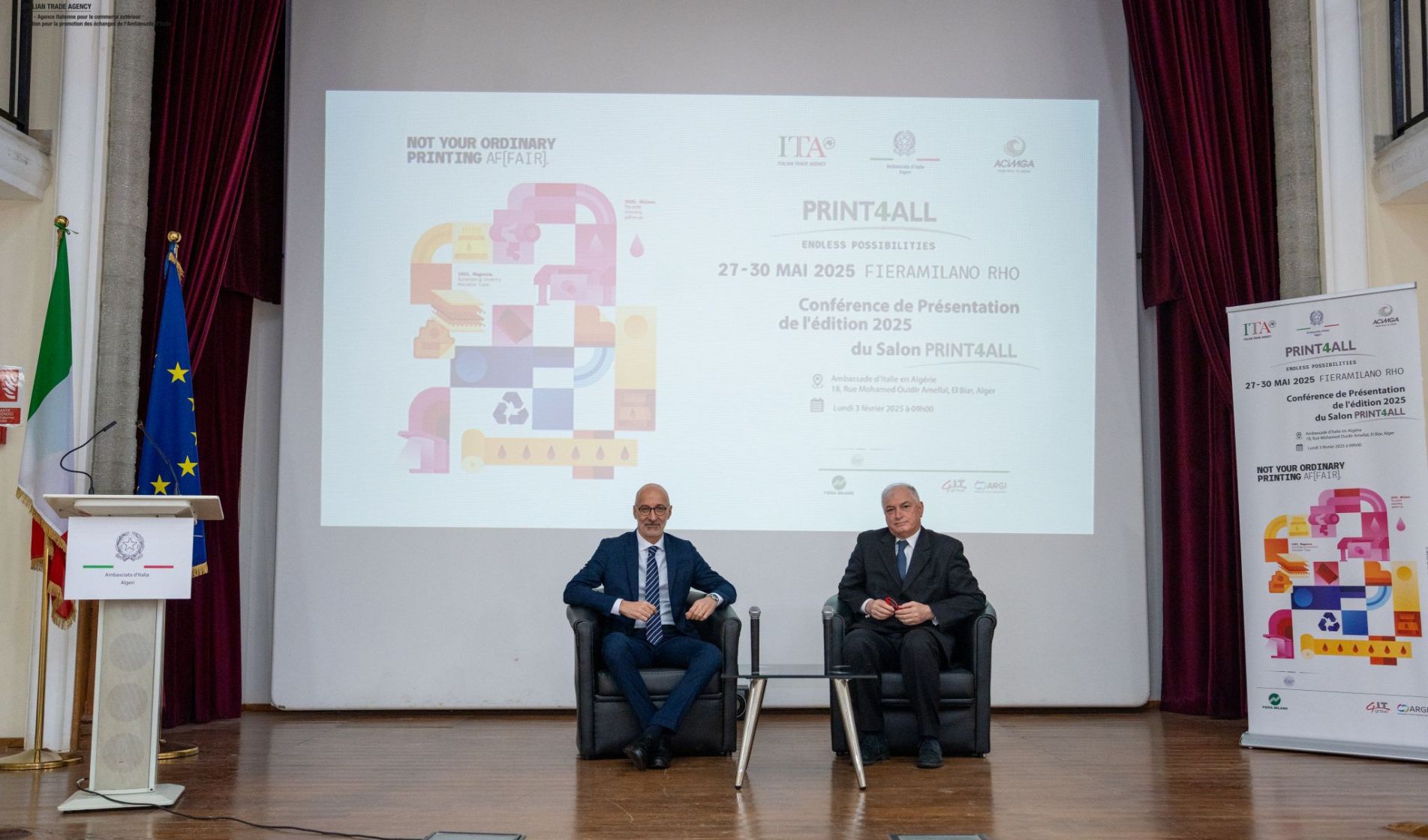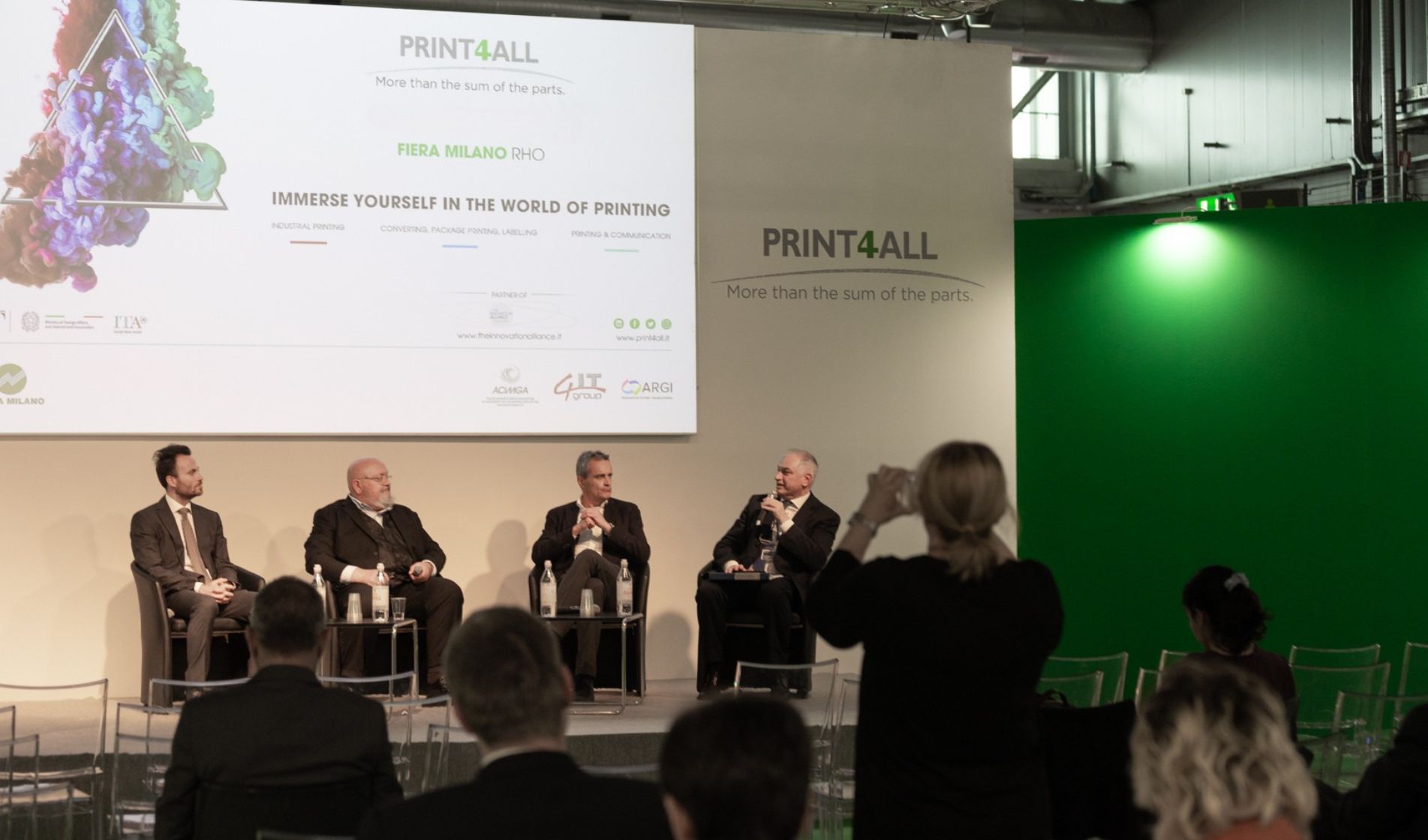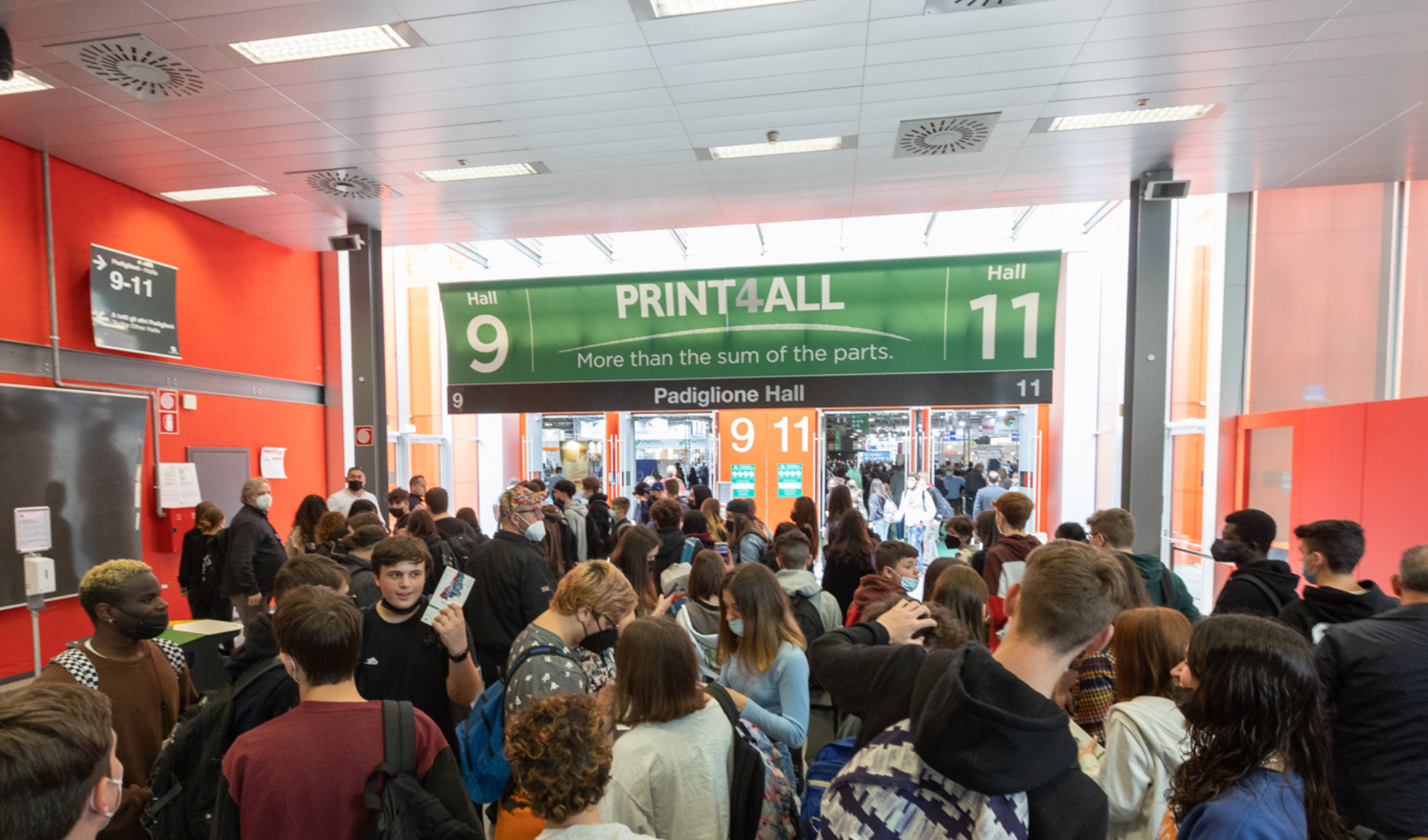Straddling the line between limited editions and merchandising, marketing boxes prompt and influence through design choices, printing techniques and materials, often physically recreating an intangible experience to convince creatives, influencers and communications professionals to tell the wider public about what's in the box.
Its predecessor was the swag bag,a simple assortment of promotional items, often organised around a common theme, contained in the classic canvas bag. It is interesting to analyse the evolution of swag bags into marketing boxes as a promotional tool, moving away from the conventional approach of putting random objects in a canvas bag. In recent years, the visibility of these boxes has increased for a number of reasons, including the need to go beyond generic promotional material and opt for strategic plans involving creatives and professionals. The dynamics of digital cultural consumption and the challenge of keeping communication active during periods of limited events, such as the pandemic, have emerged as fundamental drivers.
Each box constitutes a unique project. The approach can vary from internal company initiatives to working with external suppliers. Industries such as music, books and streaming services are often cited as areas where marketing boxes have proved effective, linking the physical and digital worlds through tools such as QR codes and augmented reality. Personalisation plays a key role, allowing you to tailor content to the specific needs of niche audiences and experiment with new channels of communication with the public.
The choice of materials also aims to exploit all the possibilities offered by printed communication. So not only paper and paper converting, but also specialist printing on fabrics, ceramics, tin and aluminium. Sustainability is emerging as a key consideration, with a growing awareness of the environmental impact of campaigns and the need to reduce the use of unsustainable materials. However, logistical challenges and campaign times often limit full sustainability. The idea of products with a second life after the marketing campaign is proposed as a solution to minimise waste.
The future of marketing boxes is therefore linked to their continuous evolution. Adaptation to new methods and constant experimentation are considered to be essential in order to maintain the effectiveness of this tool for communication. It is hoped that as we return to face-to-face events, the boxes will be integrated into a wider ecosystem of communication options, used when they have strategic value, thereby enriching the overall experience of promotional campaigns.
In the image an example of a marketing box created by MMStudio for the Espressoh brand.
"For example, we did this with the launch of Espressoh, a make-up brand inspired by Italian coffee, for which we created boxes containing an Italian breakfast, delivered to your home by a barista in traditional uniform."
Martina Caterina Monselli, founder of mm studio, a PR and communications agency






.jpg)
